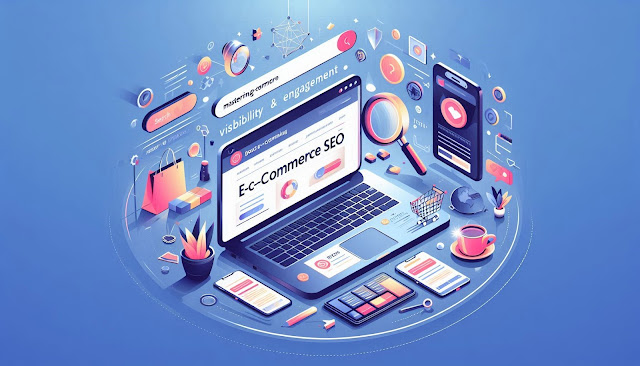Mastering E-commerce SEO: Boosting Visibility & Engagement


Email marketing is one of the most effective ways to communicate with your customers and prospects. It can help you build trust, loyalty, and brand awareness, as well as increase your sales and conversions. But how do you get started with email marketing? What are the steps and best practices you need to follow?
In this blog post, we will answer these questions and more. We will show you how to do email marketing in six simple steps:
But first, let’s make sure we’re on the same page.
Email marketing is the process of sending promotional messages to your subscribers via email. These messages can include newsletters, offers, announcements, invitations, and more. The main purpose of email marketing is to build a relationship with your audience and persuade them to take action, such as buying your products, signing up for your services, or joining your community.
Email marketing is important because it allows you to reach your audience directly, personally, and effectively. Unlike other marketing channels, such as social media or search engines, you don’t have to compete for attention or pay for exposure. You own your email list and you can communicate with your subscribers whenever you want.
Email marketing also has many benefits for your business, such as:
According to a 2020 study by Litmus1, the average return on investment (ROI) for email marketing is $42 for every $1 spent. That’s a huge advantage over other marketing channels.
Now that you know what email marketing is and why it’s important, let’s see how you can do it in six simple steps.
The first step in email marketing is to define your goals and audience. You need to have a clear idea of what you want to achieve with your email campaigns and who you want to reach.
For example, do you want to:
Once you have your goals, you need to identify your target audience. Who are your ideal customers and what are their pain points, interests, and preferences? You can use tools like buyer personas or customer segments to create a detailed profile of your audience. This will help you tailor your email content and offers to their needs and wants.
The next step in email marketing is to choose an email marketing platform. This is a tool that can help you create, send, and track your email campaigns. Mailchimp, Canva3, or Sprout Social4. These platforms offer features like templates, design tools, analytics, segmentation, personalization, and automation.
To choose the best email marketing platform for your business, you need to consider factors like:
You can compare different platforms based on their pricing, features, reviews, and support. You can also sign up for free trials or demos to test them out before making a decision.
The third step in email marketing is to build and grow your email list. You need to have a list of people who have given you permission to send them emails. You can collect email addresses from your website, social media, events, or other sources.
Make sure you offer something valuable in exchange for their email, such as a free ebook, a discount code, or a newsletter subscription. You should also follow the best practices for email list hygiene and compliance with the laws and regulations in your region.
Some tips for building and growing your email list are:
The fourth step in email marketing is to create engaging email content. You need to craft emails that capture the attention of your subscribers and motivate them to take action. You should use a catchy subject line, a clear and concise copy, a compelling call-to-action, and an attractive design.
You should also personalize your emails based on the data you have about your subscribers, such as their name, location, behavior, or preferences. This will make your emails more relevant and appealing to your audience.
Some tips for creating engaging email content are:
The fifth step in email marketing is to test and optimize your email campaigns. You need to measure the performance of your email campaigns and see what works and what doesn’t. You can use metrics like:
These metrics can help you evaluate the effectiveness of your email campaigns and identify areas for improvement. You can also use tools like A/B testing or multivariate testing to experiment with different elements of your emails, such as:
By testing different variations of these elements, you can find out which ones generate the best results and optimize your email campaigns accordingly.
The final step in email marketing is to keep learning and improving. Email marketing is not a one-time thing. You need to keep sending relevant and valuable emails to your subscribers on a regular basis. You also need to keep up with the latest trends and best practices in email marketing and learn from the experts and peers in your industry.
Some ways to keep learning and improving are:
By doing these things, you can stay updated on the latest developments in email marketing and continuously improve your skills and strategies.
Email marketing is a powerful way to connect with your customers and grow your business. By following these six steps, you can create effective email campaigns that deliver results:
We hope this blog post has helped you understand how to do email marketing. If you have any questions or comments, please feel free to leave them below. We’d love to hear from you! 😊
Comments
Post a Comment